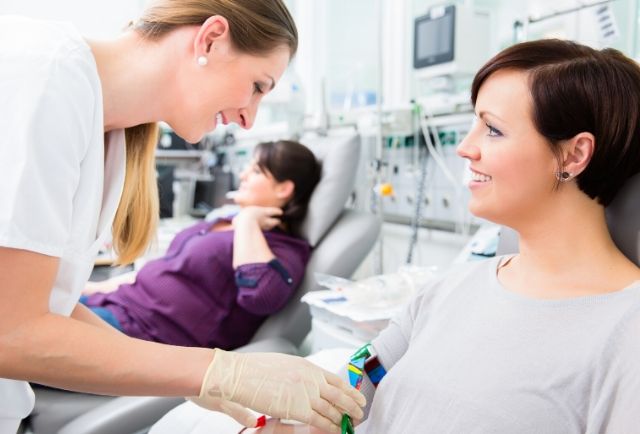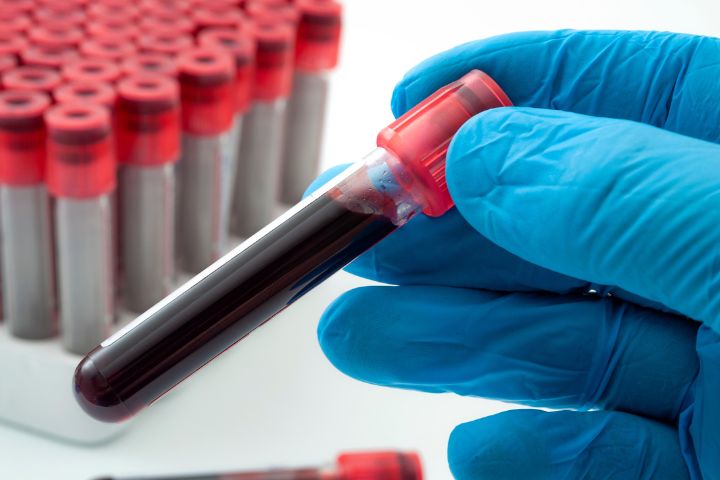What Does Northeast Medical Institute - New Haven Campus Phlebotomy Course & Cna Class Mean?
What Does Northeast Medical Institute - New Haven Campus Phlebotomy Course & Cna Class Mean?
Blog Article
The smart Trick of Northeast Medical Institute - New Haven Campus Phlebotomy Course & Cna Class That Nobody is Discussing
Table of ContentsSee This Report about Northeast Medical Institute - New Haven Campus Phlebotomy Course & Cna ClassSome Of Northeast Medical Institute - New Haven Campus Phlebotomy Course & Cna ClassHow Northeast Medical Institute - New Haven Campus Phlebotomy Course & Cna Class can Save You Time, Stress, and Money.Northeast Medical Institute - New Haven Campus Phlebotomy Course & Cna Class - QuestionsThe Of Northeast Medical Institute - New Haven Campus Phlebotomy Course & Cna ClassGet This Report about Northeast Medical Institute - New Haven Campus Phlebotomy Course & Cna Class
The usage of such gadgets must be come with by other infection avoidance and control practices, and training in their usage.For setups with low sources, price is a motoring variable in procurement of safety-engineered gadgets. Where safety-engineered gadgets are not available, skilled use of a needle and syringe is appropriate.
One of the essential pens of quality of care in phlebotomy is the involvement and collaboration of the client; this is equally beneficial to both the health and wellness worker and the patient. Clear details either written or verbal should be readily available to each patient who undergoes phlebotomy. Annex F offers example text for describing the blood-sampling procedure to a person. In the blood-sampling space for an outpatient department or clinic, give a comfy reclining couch with an arm rest.
The Facts About Northeast Medical Institute - New Haven Campus Phlebotomy Course & Cna Class Revealed
Ensure that the indications for blood tasting are plainly specified, either in a created protocol or in documented guidelines (e.g. in a lab type). Accumulate all the tools needed for the treatment and location it within safe and very easy reach on a tray or trolley, making sure that all the products are plainly noticeable.
Present on your own to the patient, and ask the client to specify their complete name. Inspect that the research laboratory kind matches the patient's identification (i.e. match the person's details with the laboratory type, to guarantee precise identification).
Make the client comfy in a supine setting (if possible). Place a clean paper or towel under the client's arm. Talk about the test to be carried out (see Annex F) and obtain spoken permission. The person has a right to reject a test at any type of time before the blood sampling, so it is essential to ensure that the client has understood the treatment.
All About Northeast Medical Institute - New Haven Campus Phlebotomy Course & Cna Class
Extend the patient's arm and evaluate the antecubital fossa or lower arm. Locate a blood vessel of a great size that is noticeable, straight and clear. The representation in Section 2.3, shows common settings of the vessels, but many variations are feasible. The typical cubital vein lies in between muscles and is generally one of the most easy to penetrate.
DO NOT insert the needle where capillaries are drawing away, since this boosts the possibility of a haematoma. The capillary must be noticeable without using the tourniquet. Situating the blood vessel will certainly aid check in figuring out the right dimension of needle. Use the tourniquet about 45 finger sizes above the venepuncture site and re-examine the vein.
Haemolysis, contamination and visibility of intravenous liquid and medication can all alter the results (39. Nursing team and medical professionals might access central venous lines for specimens adhering to methods. Specimens from central lines carry a risk of contamination or wrong laboratory examination outcomes. It serves, however not ideal, to attract blood specimens when initial introducing an in-dwelling venous device, prior to attaching the cannula to the intravenous fluids.
Some Ideas on Northeast Medical Institute - New Haven Campus Phlebotomy Course & Cna Class You Should Know
Failing to permit adequate call time increases the danger of contamination. DO NOT touch the cleaned website; in certain, DO NOT position a finger over the blood vessel to lead the shaft of the exposed needle.
Ask the individual to develop a clenched fist so the capillaries are much more prominent. Get in the blood vessel promptly at a 30 level angle or much less, and proceed to present the needle along the blood vessel at the easiest angle of access - Phlebotomy Training. Once adequate blood has been collected, release the tourniquet BEFORE withdrawing the needle
Northeast Medical Institute - New Haven Campus Phlebotomy Course & Cna Class - An Overview
Take out the needle gently and use gentle stress to the website with a clean gauze or completely dry cotton-wool ball. Ask the patient to hold the gauze or cotton wool in location, with the arm expanded and elevated. Ask the client NOT to bend the arm, due to the fact that doing so causes a haematoma.

Northeast Medical Institute - New Haven Campus Phlebotomy Course & Cna Class Fundamentals Explained
Do not push the syringe bettor since added stress raises the risk of haemolysis. Where possible, keep the tubes in a shelf and relocate the shelf in the direction of you. Infuse downwards into the ideal coloured stopper. DO NOT remove the stopper since it will release the vacuum. If the sample tube does not have a rubber stopper, infuse extremely slowly into television as minimizing the pressure and rate utilized to transfer the specimen decreases the danger of haemolysis.

Report this page